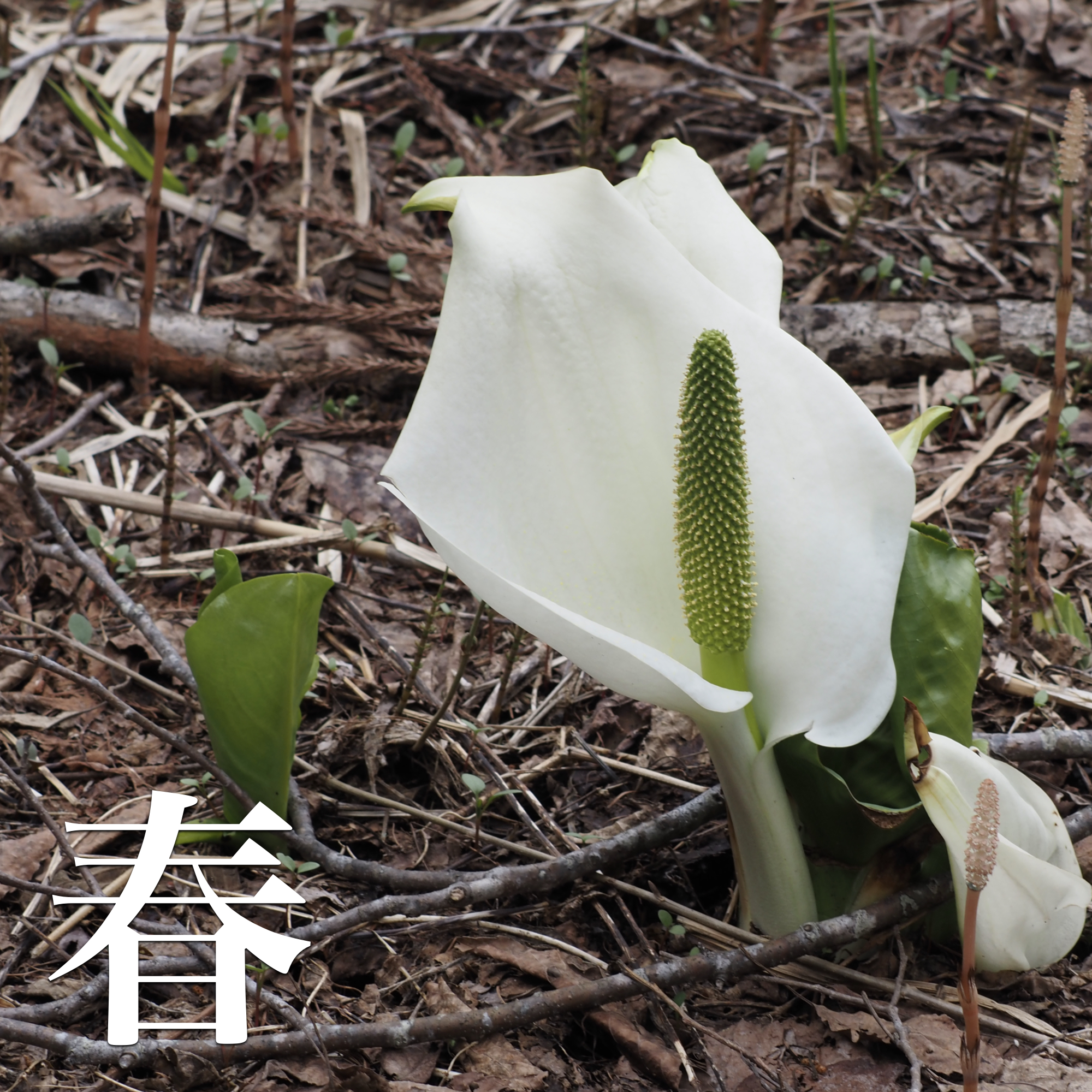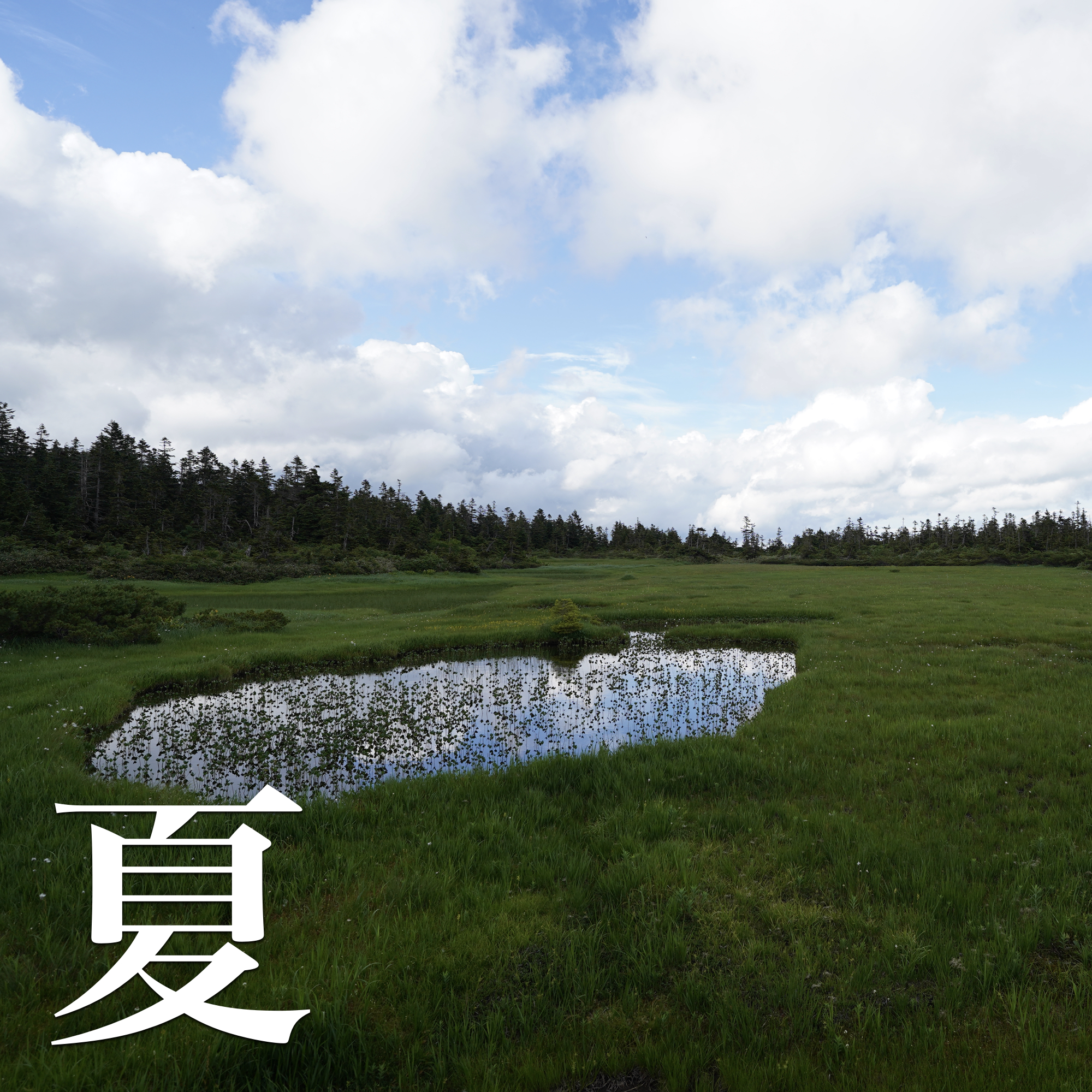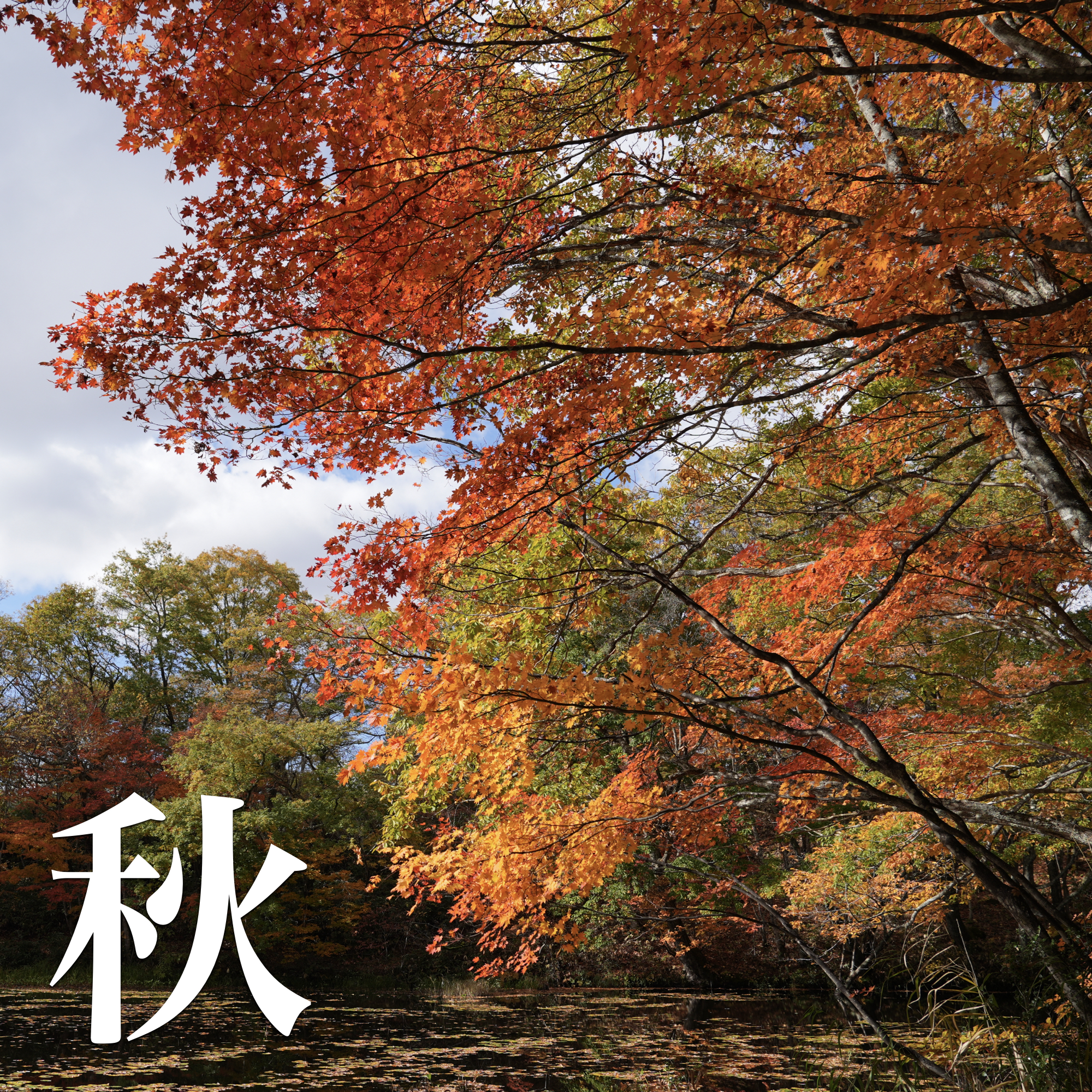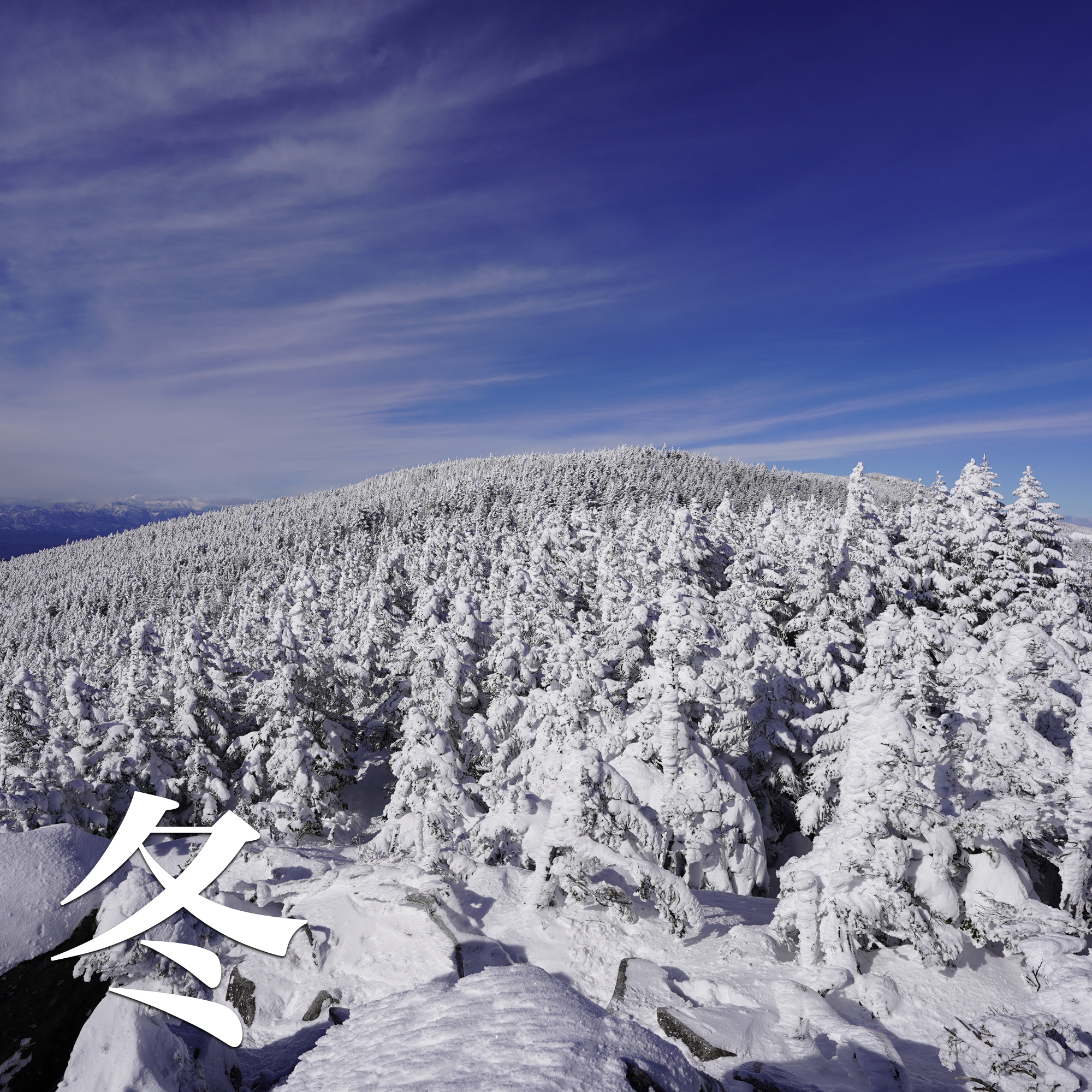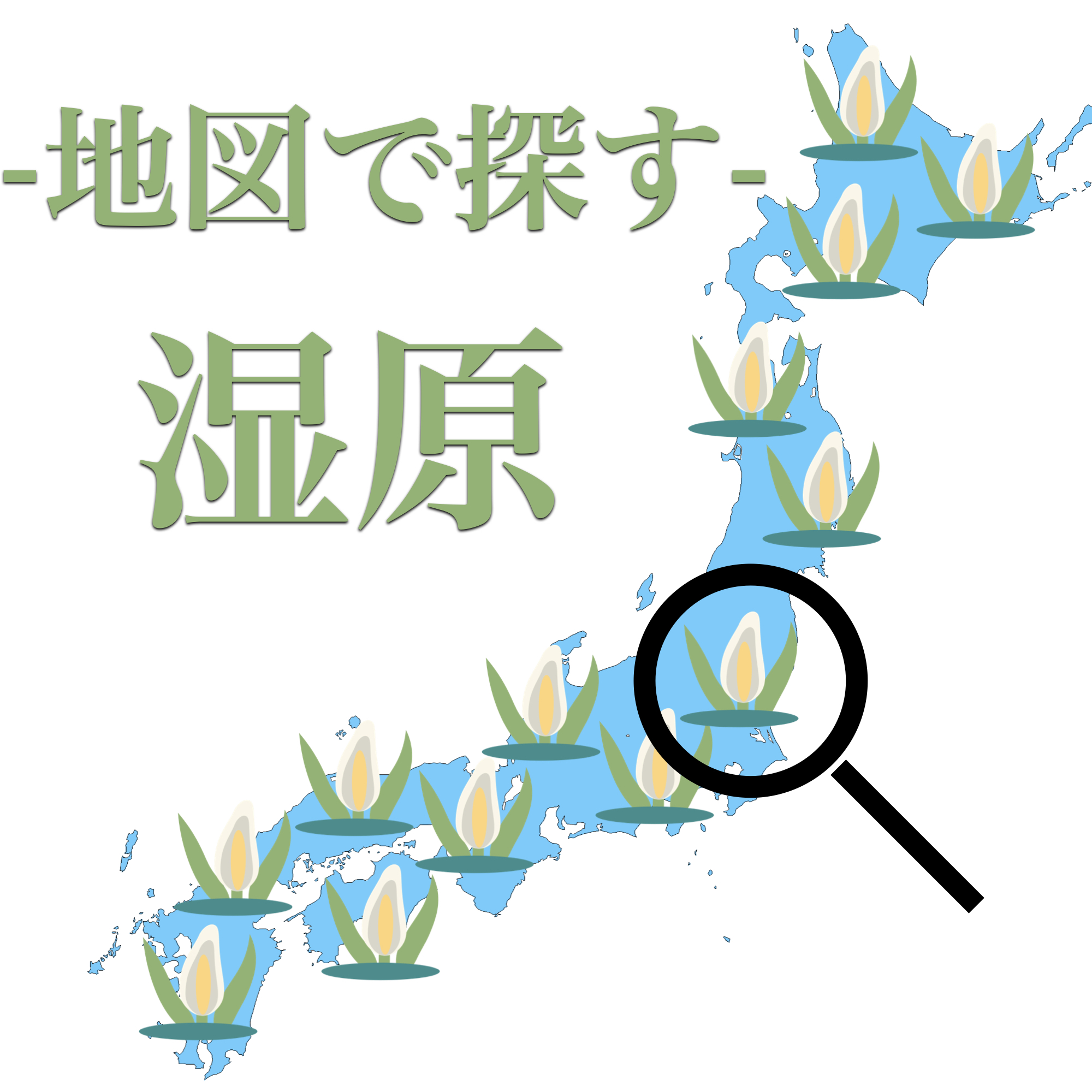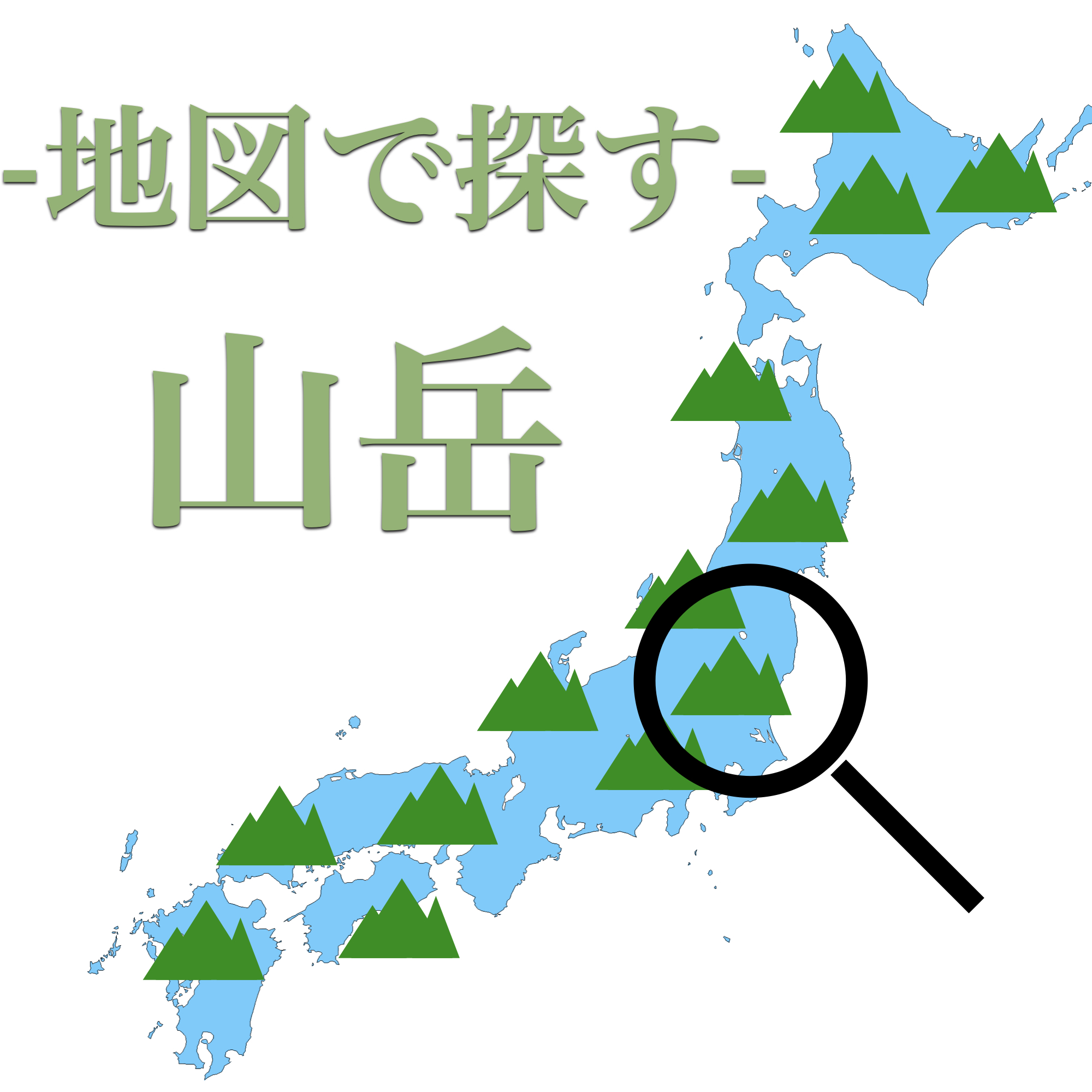Although they are all called marshes, they come in a wide variety of forms.
It's very interesting because it looks completely different depending on the region and altitude.
Here, I would like to introduce some attractive wetlands from around the country, incorporating my own preferences as much as possible.
table of contents
- List of the Top 100 Wetlands
- 1. Hachimantai (Hachimantai City, Iwate Prefecture)
- 2. Himekawa Source Nature Park (Hakuba Village, Nagano Prefecture)
- 3. Yanohara Marshland (Showa Village, Fukushima Prefecture)
- 4. Yashimagahara Marshland/Yashima Marshland (Suwa City, Nagano Prefecture)
- 5. Mount Hiuchi Tengu Garden (Myoko City, Niigata Prefecture)
- 6. Shishigahana Marshland (Nikaho City, Akita Prefecture)
List of the Top 100 Wetlands
1. Hachimantai (Hachimantai City, Iwate Prefecture)
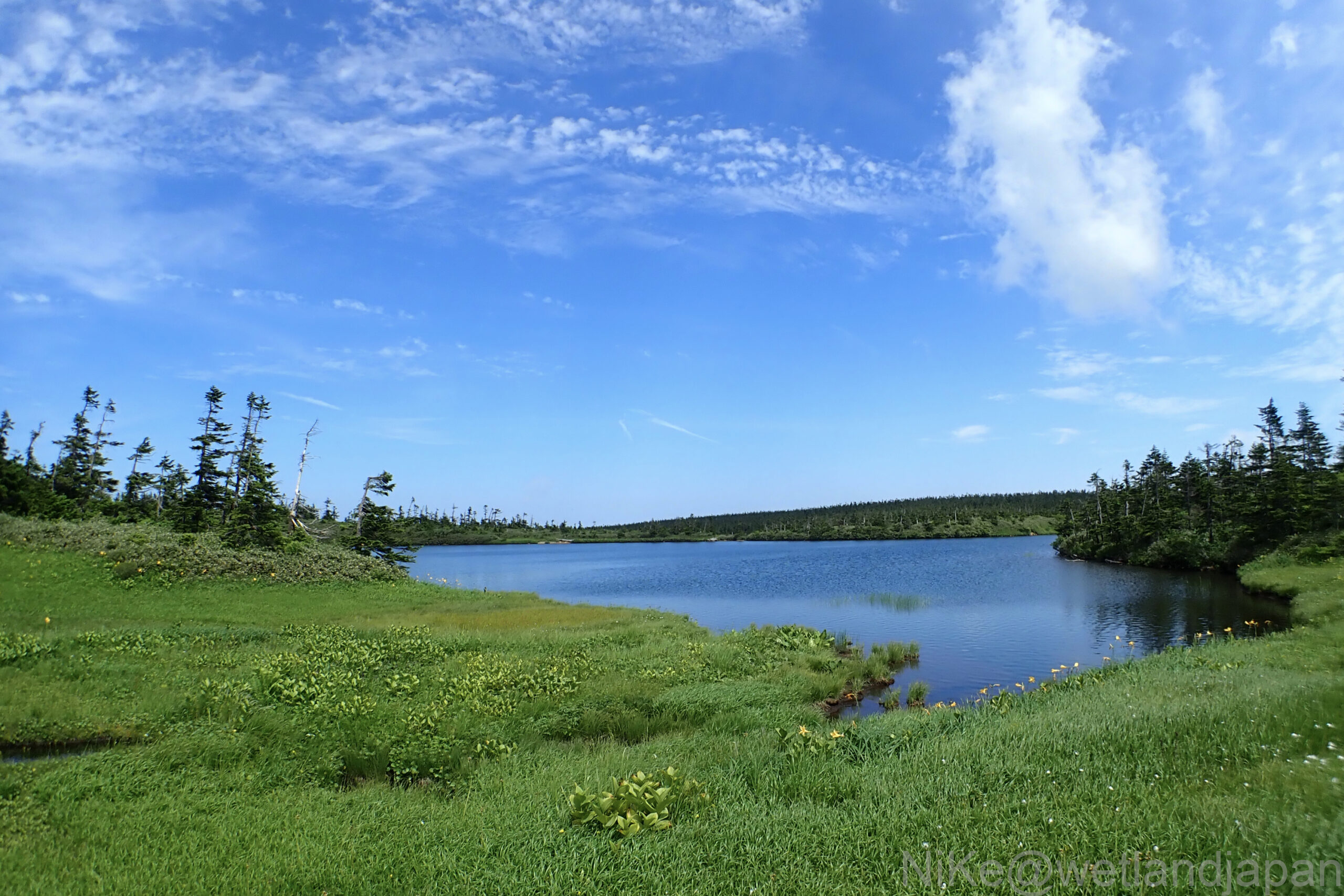
It is a beautiful marshland with a wide sky and greenery stretching all around.
Being on the mountaintop, the sky is wide, and on a clear summer day, the view is filled with blue sky and green marshland.
There are also crater lakes and ponds scattered around, and the scenery changes with every step, making hiking even more enjoyable.
You can also enjoy typical alpine flowers such as skunk cabbage, day lilies, and cotton grass.
It is very well maintained and the marshland area is easily accessible, which is another attractive feature.
The surrounding area includes Obayachi, Onuma, Kuroyachi Marsh, and Gozaisho Marsh, making this area a treasure trove of marshes.
The recommended season is early August.
It's a season with lots to see, as the weather is generally sunny and the day lilies are in bloom!
2. Himekawa Source Nature Park (Hakuba Village, Nagano Prefecture)
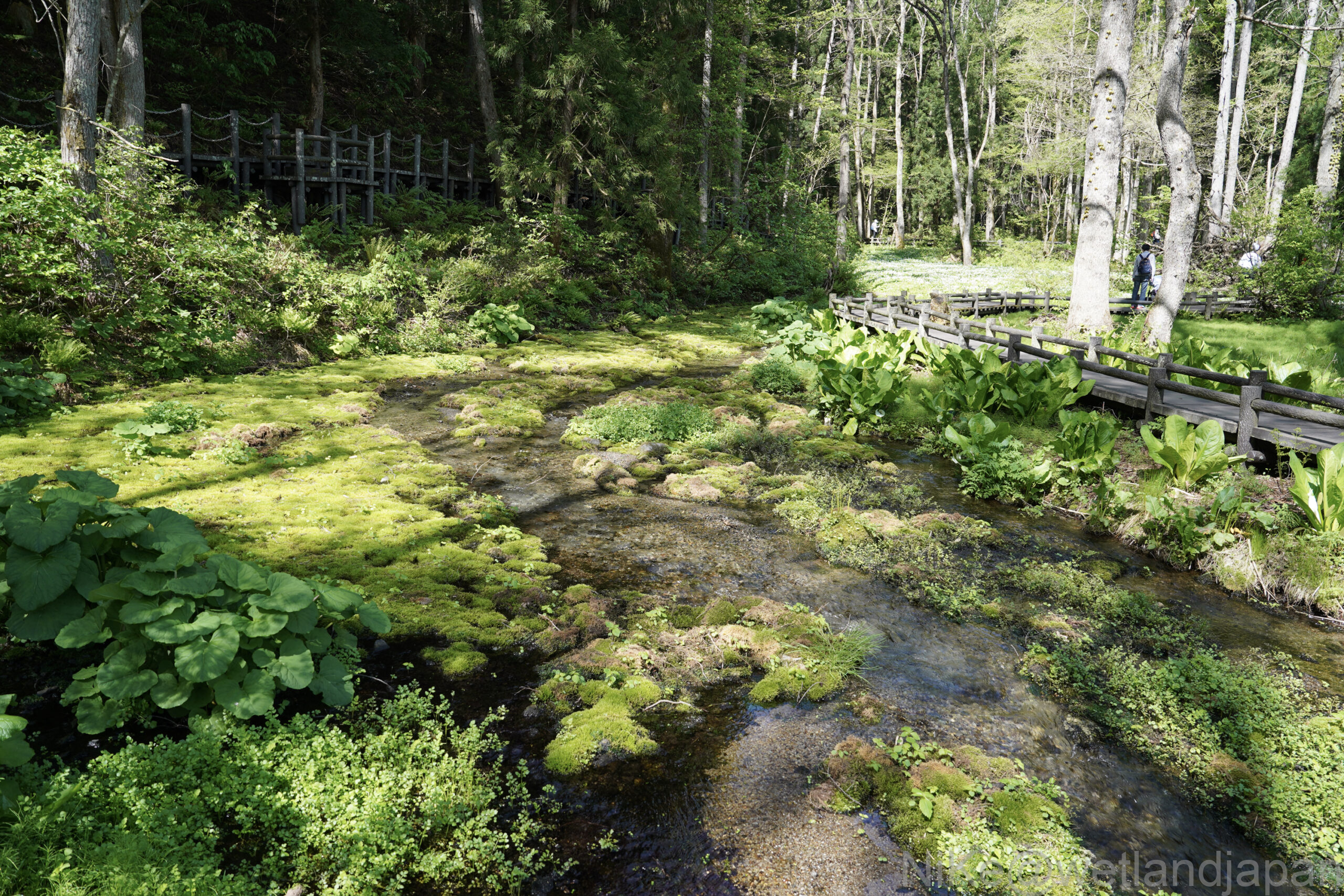
The pure spring water that flows endlessly even in summer is an attractive feature.
It is also a rare place where you can see the source of a river up close.
It's a place I find myself returning to again and again just to see the gushing water.
It has been selected as one of Japan's 100 famous waters, and its good water quality has been endorsed by the Ministry of the Environment.
In early spring, large amounts of melting snow irrigate the area.
As a result, you can see a variety of flowers, including ambrosia, dogtooth violets, anemone, and double jasmine.
The recommended season to visit is from late March to early May, when these flowers can be observed.
3. Yanohara Marshland (Showa Village, Fukushima Prefecture)
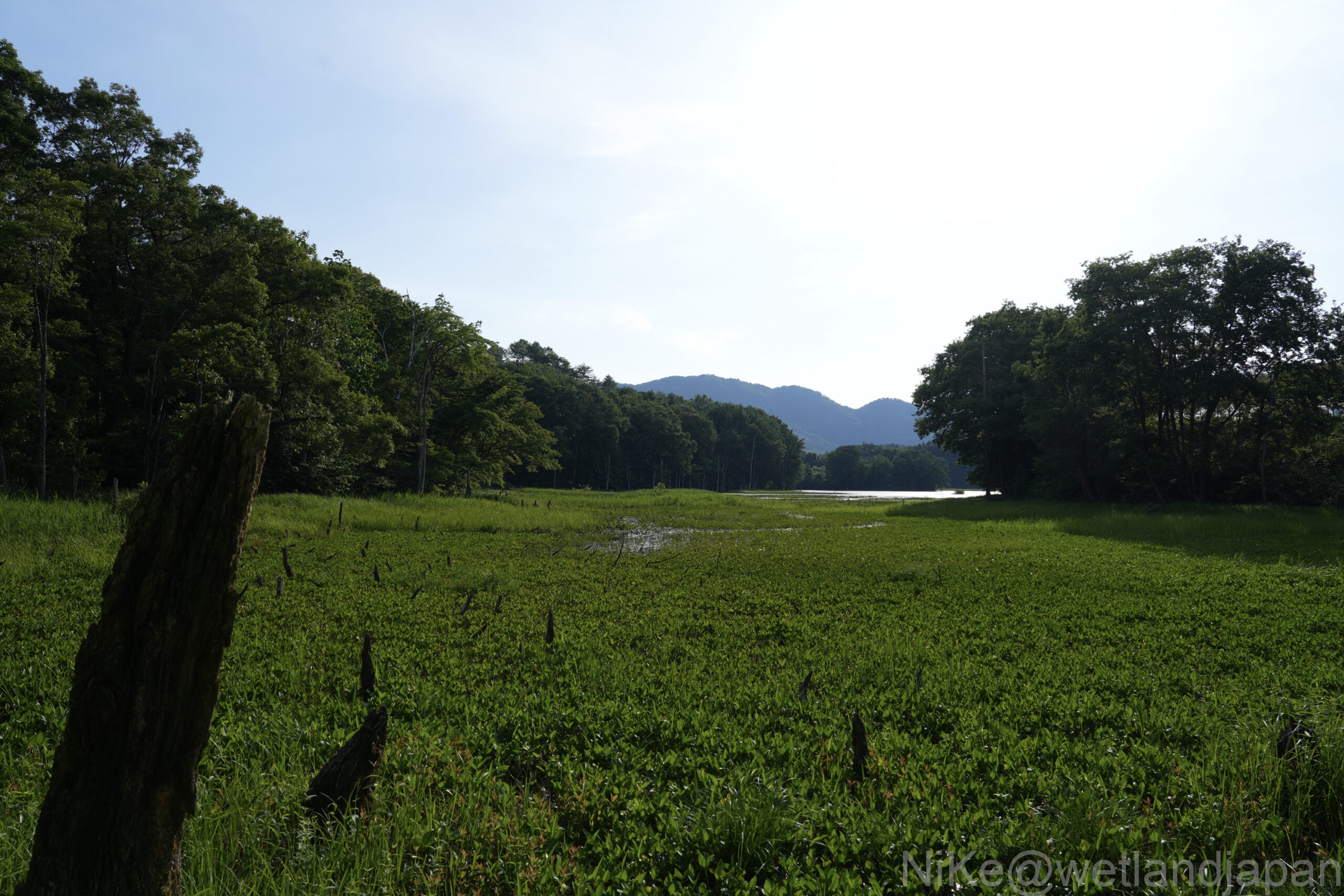
It is a marshland that looks like a swamp and is surrounded by beech forests.
Low marshes are widespread, and high marshes can be seen in some areas.
It is believed to have been formed 80,000 years ago and is the second oldest wetland in Japan.
Why not take a stroll through the marshland and think about the passage of time that has passed through it?
There is a spring called Daikanshimizu on the edge of the marshland, and some people come to draw water from it.
In spring, you can see skunk cabbage, Japanese quince, cotton grass, and water hyacinth.
The beauty of autumn leaves is beyond words.
The recommended seasons are from April to early June and from late October to early November.
It's hard to choose between the budding season and the autumn leaves season.
4. Yashimagahara Marshland/Yashima Marshland (Suwa City, Nagano Prefecture)
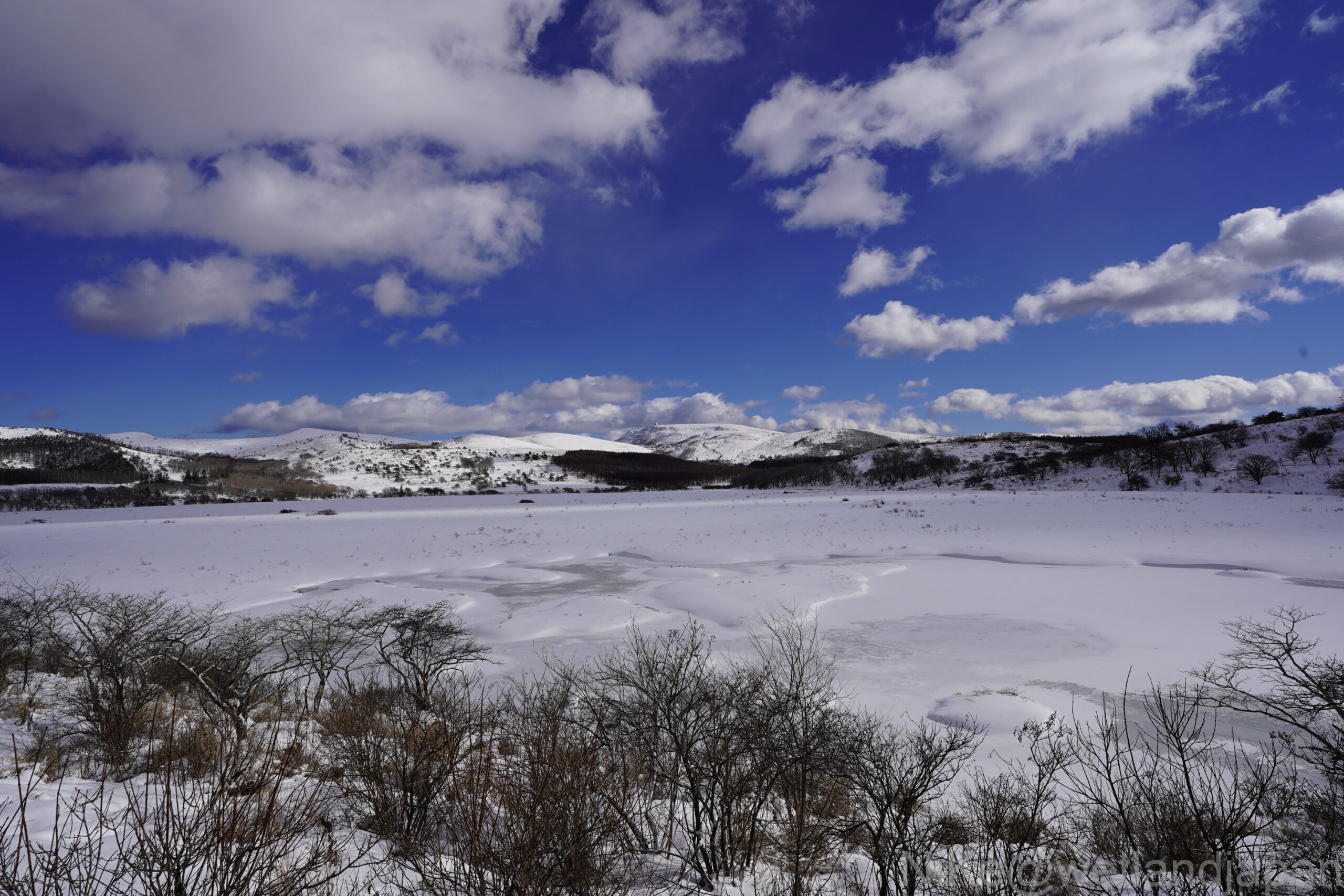
This is the southernmost highland marsh in Japan, located in Kirigamine.
The Kirigamine Marsh plant community, including the Kurumayama Marsh and Odoriba Marsh, is designated as a national natural monument.
Ruins have also been discovered around the marshland.
The beautiful scenery created by the vast marshland attracts many tourists.
In spring, you can hear the chorus of Schlegel's green tree frogs.
In summer, various flowers bloom one after another, making the place lively.
The day lilies are particularly famous and attract many tourists.
There are paths that lead to the marshland, so you can enjoy the icy winter scenery even in the middle of winter.
The recommended time to visit is August.
As the name Kirigamine suggests, fog rolls in early in the summer mornings.
As the temperature rises, the fog clears and the blue sky emerges, a spectacular sight.
There are lots of flowers to see and it's a great place for hiking.
5. Mount Hiuchi Tengu Garden (Myoko City, Niigata Prefecture)
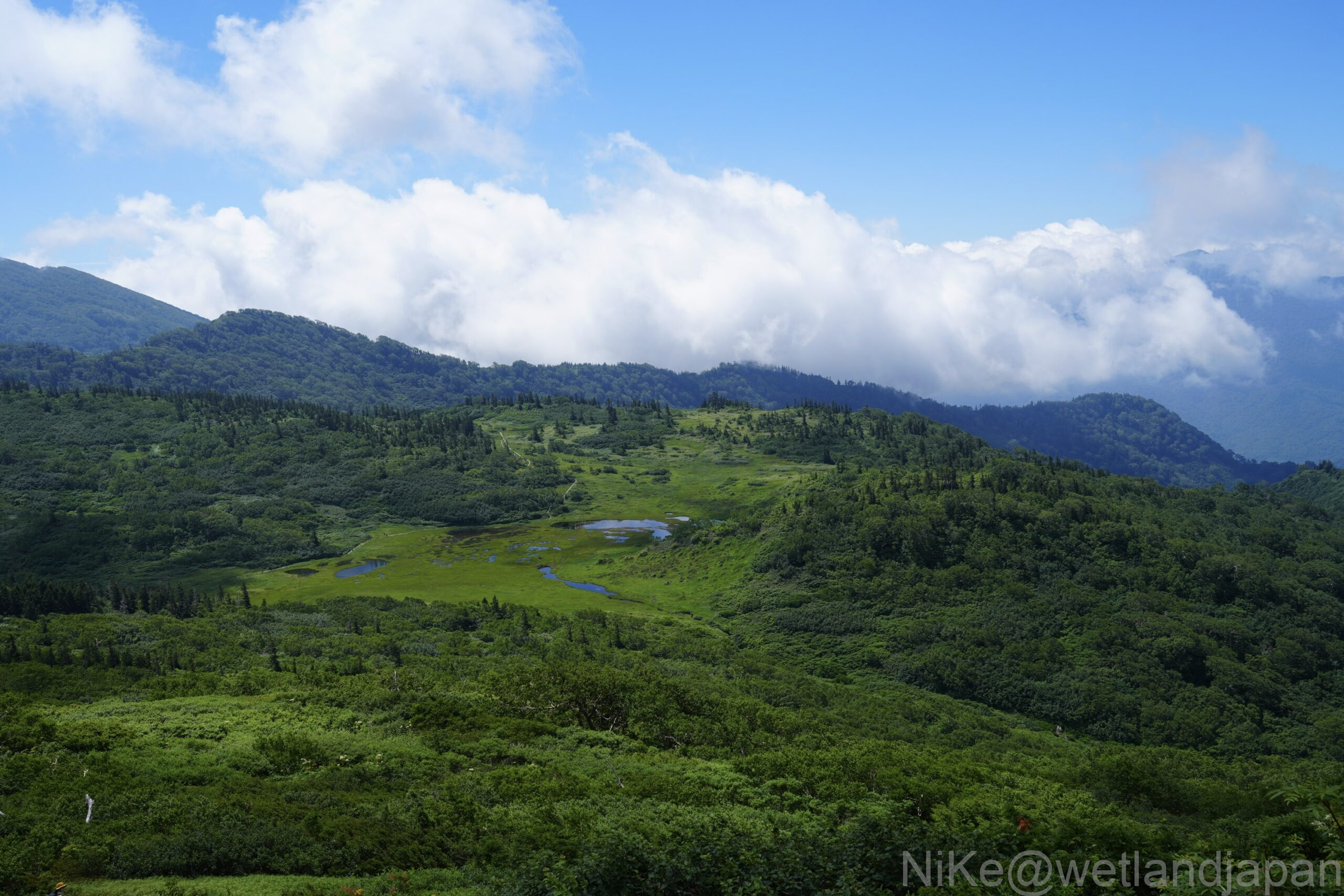
This is a marshland located on Mount Hiuchi, one of Japan's 100 famous mountains.
There is a boardwalk near the marsh, allowing you to enjoy the marsh to the fullest.
Furthermore, on the way to the top of the mountain, you can look down on the entire Tengu Garden, which is a spectacular sight.
When I see this marshland, together with the rugged mountains, creating a magnificent landscape, I can't help but imagine how impressed the person who first discovered it must have been.
It's a tough journey that involves some climbing, but it's well worth it.
6. Shishigahana Marshland (Nikaho City, Akita Prefecture)
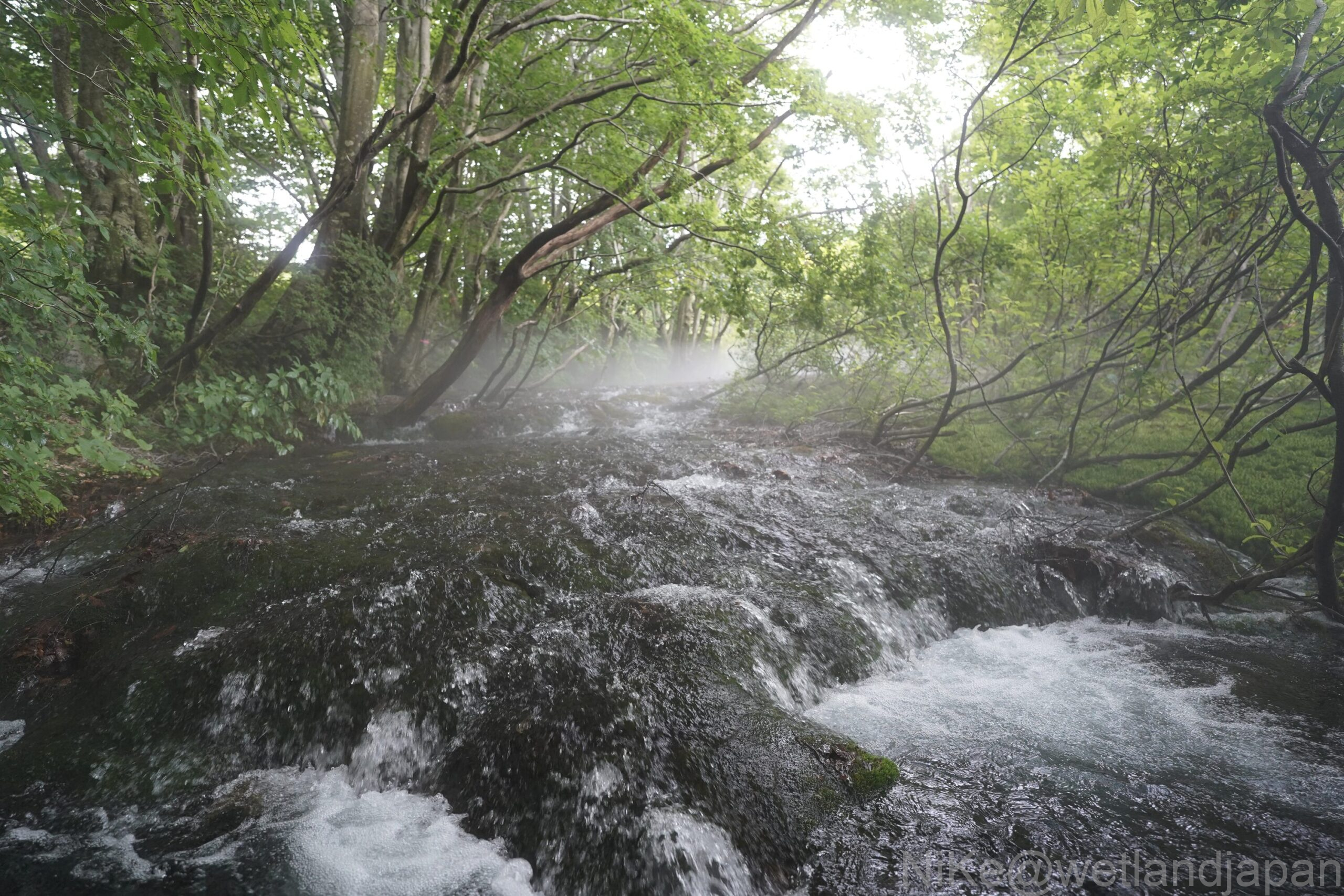
This is a marshland at the foot of Mount Chokai.
It is a place where lush forests and abundant spring water create a mysterious landscape.
The marshland is dotted with springs called detsubo.
A large amount of water originating from the groundwater of Mt. Chokai continues to flow endlessly.
The area is home to a colony of beech trees with unusual shapes known as irregular beech trees, and among them, King Agariko, which is said to be 300 years old, has an overwhelming presence.
It is also home to Chokai Marimo, a type of moss endemic to Shishigahana Marsh, making it an important place supporting biodiversity.
There are well-maintained walking trails, so even beginners can enjoy trekking with peace of mind.
This is a precious wetland where you can enjoy the primeval forests of Tohoku.

